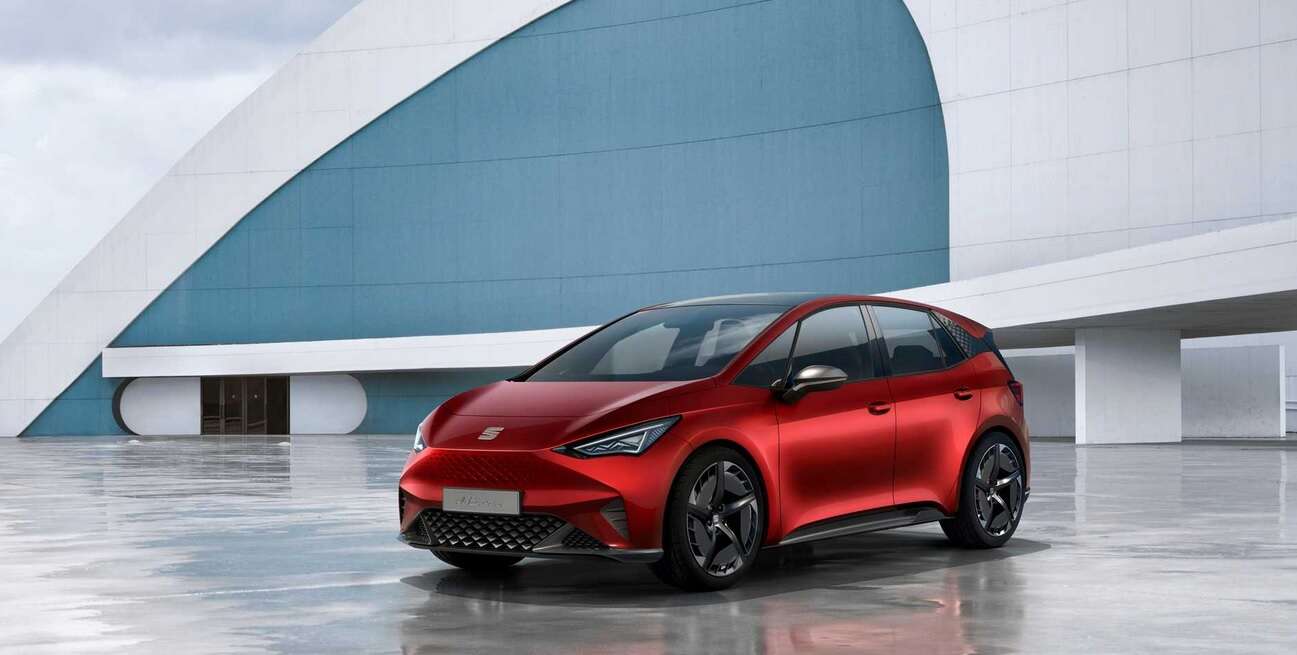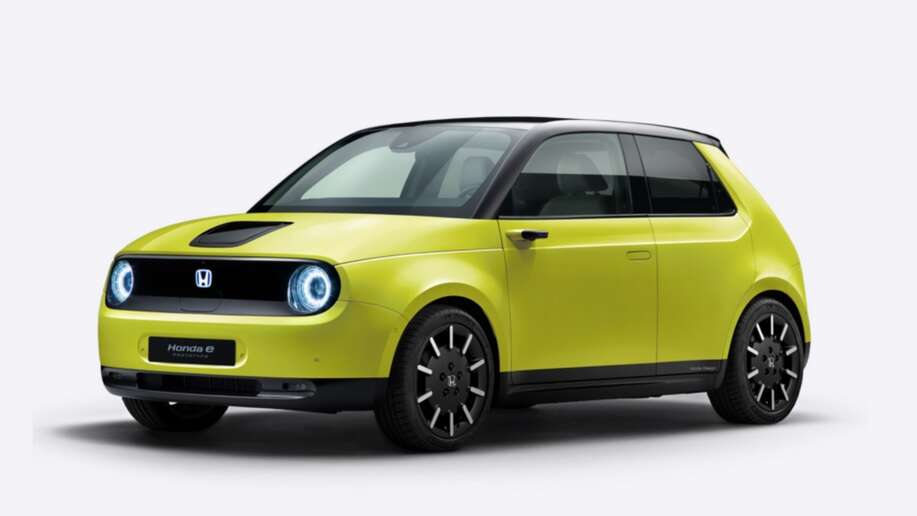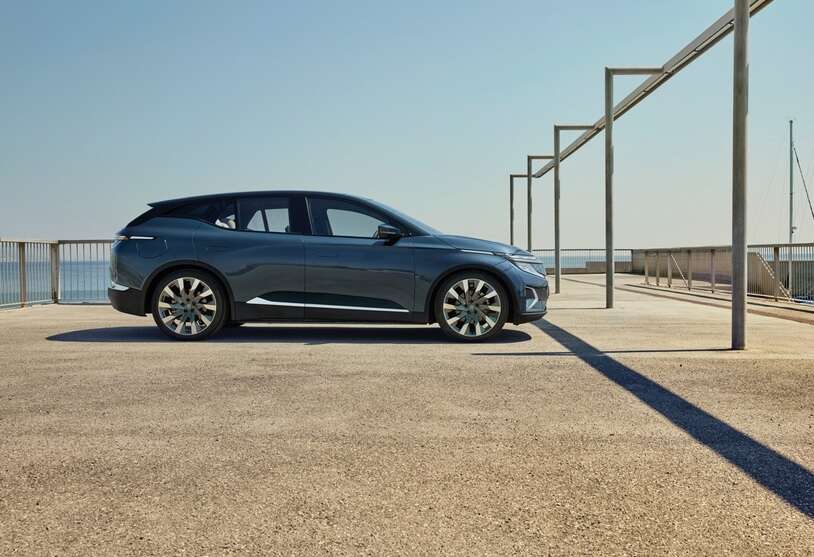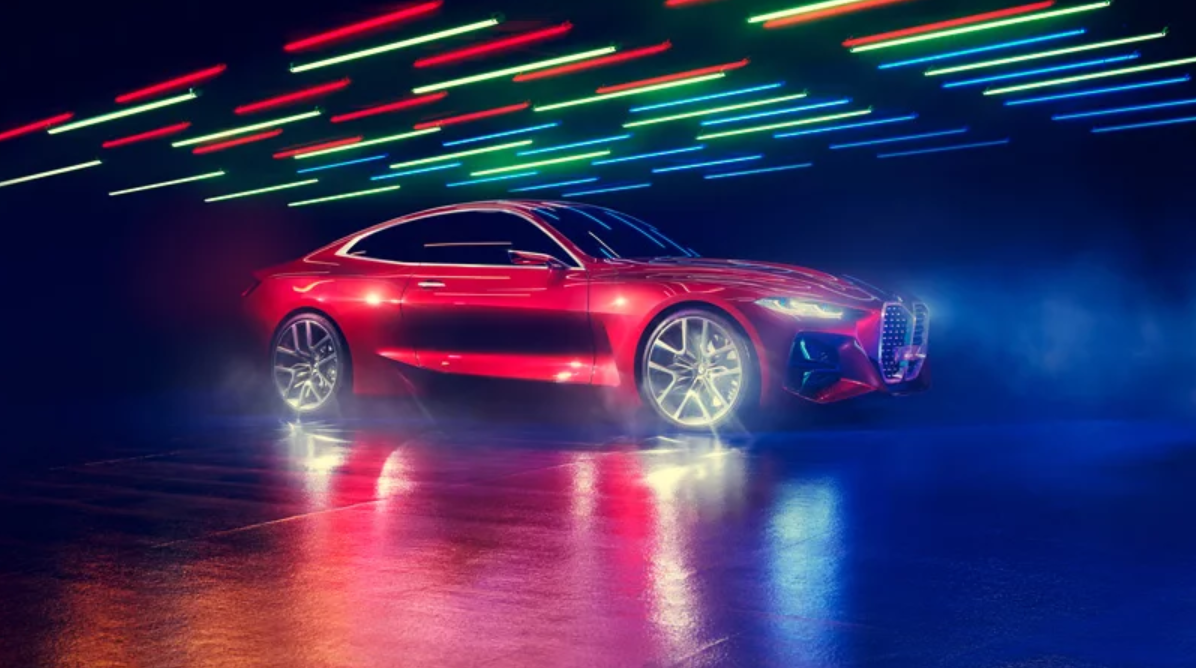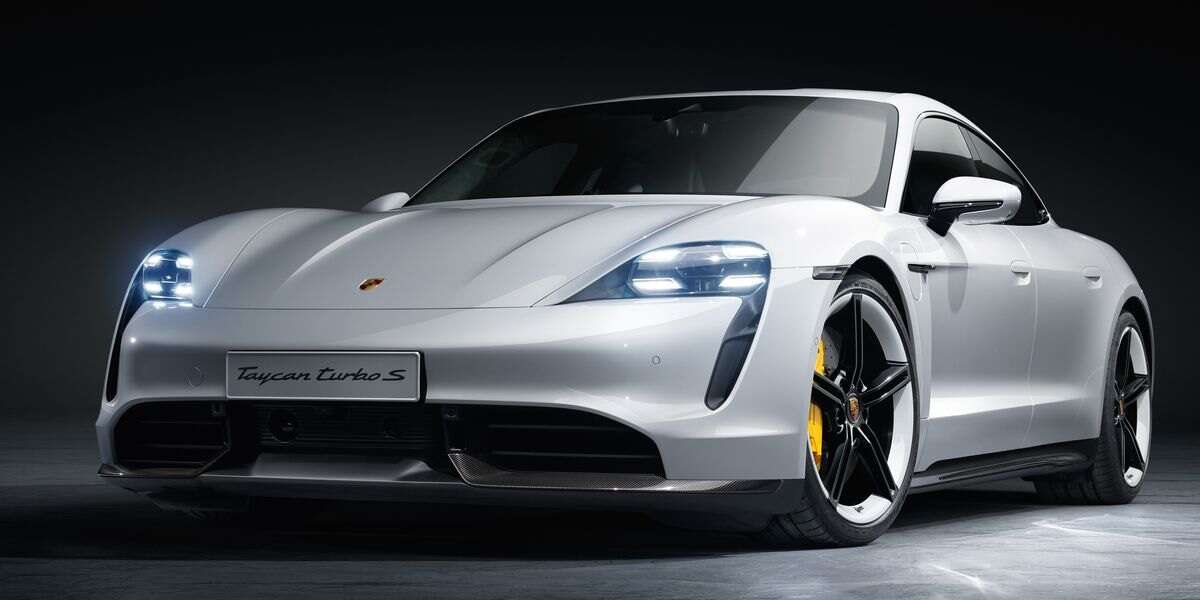Blog: Winter Is Coming for Car OEMs
Article By : Colin Barnden
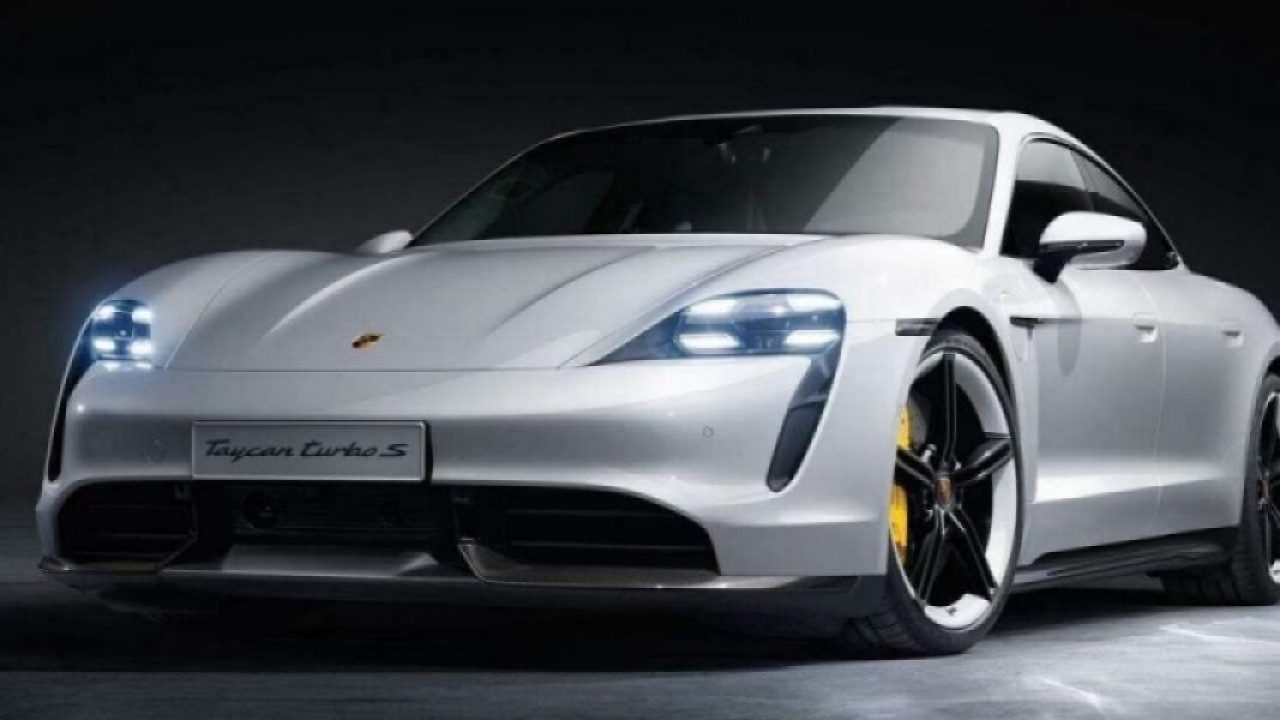
At this year's Frankfurt Motor Show, a new trend has emerged: A transition from C.A.S.E. (Connected, Autonomous, Shared, Electric) to C.A.P.E. (Connected, Assisted, Personalized, Electric).
Winter is coming. This is the clear message from the 2019 Frankfurt Motor Show. No one used those words of course, but with entire exhibition halls closed and even the mighty BMW and Daimler massively scaling back floor space at their home event, the big picture trend is clear: Tough times lie ahead. To reinforce the point, even Bernhard Mattes, head of the VDA (Germany’s automotive trade body), dramatically quit during his speech at the opening event.
The underlying problem is obvious — rapidly falling global auto sales, particularly in China. I have attended every motor show in Frankfurt since 2003 and have never seen the mood as depressed as this year, even in the depths of the financial crisis in 2009. With the major trading nations on the verge of tariff wars and currency wars — and with economic indicators in Europe so bleak that the European Central Bank has announced more quantitative easing — the outlook for the auto industry is likely to get worse before it gets better.
In 2017 I came away from the show having witnessed an industry dreaming of autonomous utopia and in complete denial about how hard the technical challenge of replacing human drivers with machine drivers is — and how expensive this would be. Everyone talked about C.A.S.E. (Connected, Autonomous, Shared, Electric) and projected a Vision Zero future of perfect machine intelligence with no suffering.
In 2019 this dream is dead, killed by the harsh realities of plummeting vehicle sales and associated profit warnings. OEMs and Tier 1s have had the realization that the moon shot of autonomous driving may one day lead to falling accident rates, but that the development costs — and liabilities of public testing — may destroy them on the way. Almost everyone has stepped back from the brink of a ludicrous business model, leaving only one CEO actively pursuing this path.
Here is the new trend from Frankfurt 2019: C.A.P.E. or Connected, Assisted, Personalized, Electric. Let us take each of those in turn and have a look inside:
Connected: 4G/LTE/5G will continue to revolutionize the in-vehicle experience. Byton launched the M-Byte as a “smart device on wheels.” That 48” display is nothing like as distracting as expected, and it creates a user interface unlike anything I have experienced before in a production vehicle.
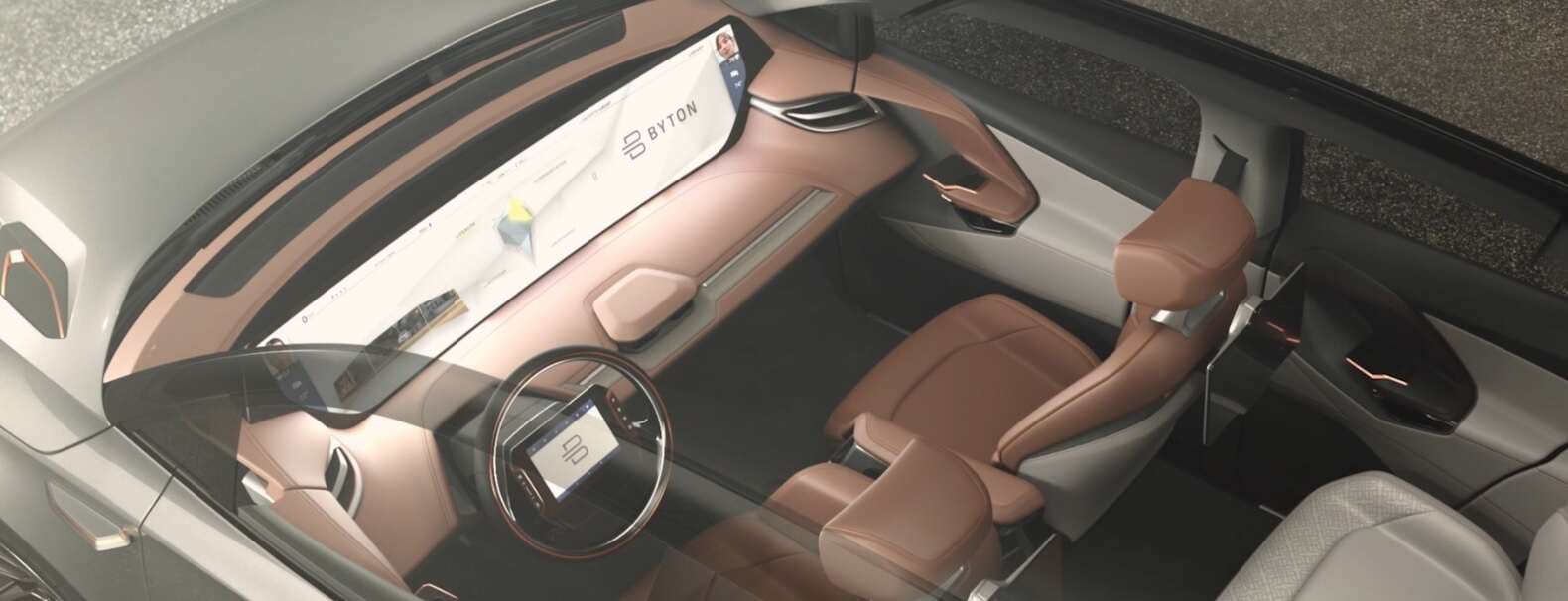
Even the new Honda e has door-to-door screens. A Honda! Be ready for complex displays presenting lots of content and the associated high-speed connectivity to supply the data. No major changes here.

Recommended
What if a Waymo Robotaxi Causes a Fatality?
**Assisted**: The dream of automated and autonomous private vehicles is over — or on long term hold, depending on your degree of optimism. We will see a “highway assist” function from many OEMs — probably in 2021 or 2022 — but this won’t represent substantially more functionality than Autopilot or Super Cruise, which are both level 2 systems. Don’t expect to be sleeping in your car anytime soon.
What new safety features can you expect? How about the case of debris on the highway? Using the front camera and the LED front lighting, the car can illuminate or increase brightness of the debris using selective elements of the LED front lighting matrix. The driver monitoring system can detect changes in your eye gaze to interpret if you have seen the debris, while the ADAS domain controller is preparing the automatic emergency braking. You respond to the lighting, see the debris, slow down and drive around it. No drama and no unnecessary sudden braking. Clever.
As I have written about extensively in EE Times this year, I do not see a trend toward removing humans from the driving seat, but instead to using technology to assist human drivers to be safer drivers. Frankfurt reinforced that the trend is assisted — not autonomous — driving.
Personalized: Mobility-as-a-service (MaaS) and robotaxis are so-o-o 2017. In 2019, it is all about the individual. Aside from how achingly trendy the Bytonites are, they are clearly onto something big with that 48” display which can be customized for both driver and front passenger. The design brief was evidently to create a seamless transition from the smart phone to the car, and my view is they have carried it off wonderfully. Vehicle sales will be the ultimate guide to how well it is received.
ZF demonstrated a system which used an internal camera to judge driver size and could move the seat and steering wheel to what it determined to be an optimum driving position. I tried it out, the demonstrator asked me what I thought. Having considered for about ten seconds, I replied “It is perfect”. This feature made getting in and out of the vehicle very easy and there is an obvious everyday benefit of accessibility for anyone with limited mobility. It is also a wonderful feature for anyone who shares a car and is forever adjusting the seat.
Electric: You want electric, you got it! From budget (VW ID.3, Seat el-Born, Honda e); premium (Byton M-Byte); prototype (BMW Concept 4); concept car (Mercedes EQS); to performance (Porsche Taycan), EVs were everywhere. In comparison Tesla was nowhere to be seen, which will be a sign of things to come if they refuse to install driver monitoring systems to comply with the European legislation starting in 2022. Drop by Cadillac Elon, they are doing pretty well with Super Cruise and the NTSB.
Frankfurt is all about the car, and my favorite was the Concept 4 from BMW, which I expect will be launched at CES in 2021 and looks like something special. Byton has clearly learnt from Apple and Tesla and blended the best of both worlds into something that is highly innovative for the auto sector.
Common sense prevails and OEMs and tier ones are clearly more realistic about costs and timescales for autonomy — no doubt as a result of hard economic times. My take-away from Frankfurt 2019? CASE is too much baggage. If an OEM wants to survive the storm ahead, they need to get a CAPE.
The 2019 Frankfurt Motor Show is on from 12-22 September. Colin Barnden attended from 10-12 September for the press days and the opening day. All costs were self-funded.
[Editor's note: The following are a host of electric vehicles showcased at the Frankfurt Auto Show this year]
Subscribe to Newsletter
Test Qr code text s ss

